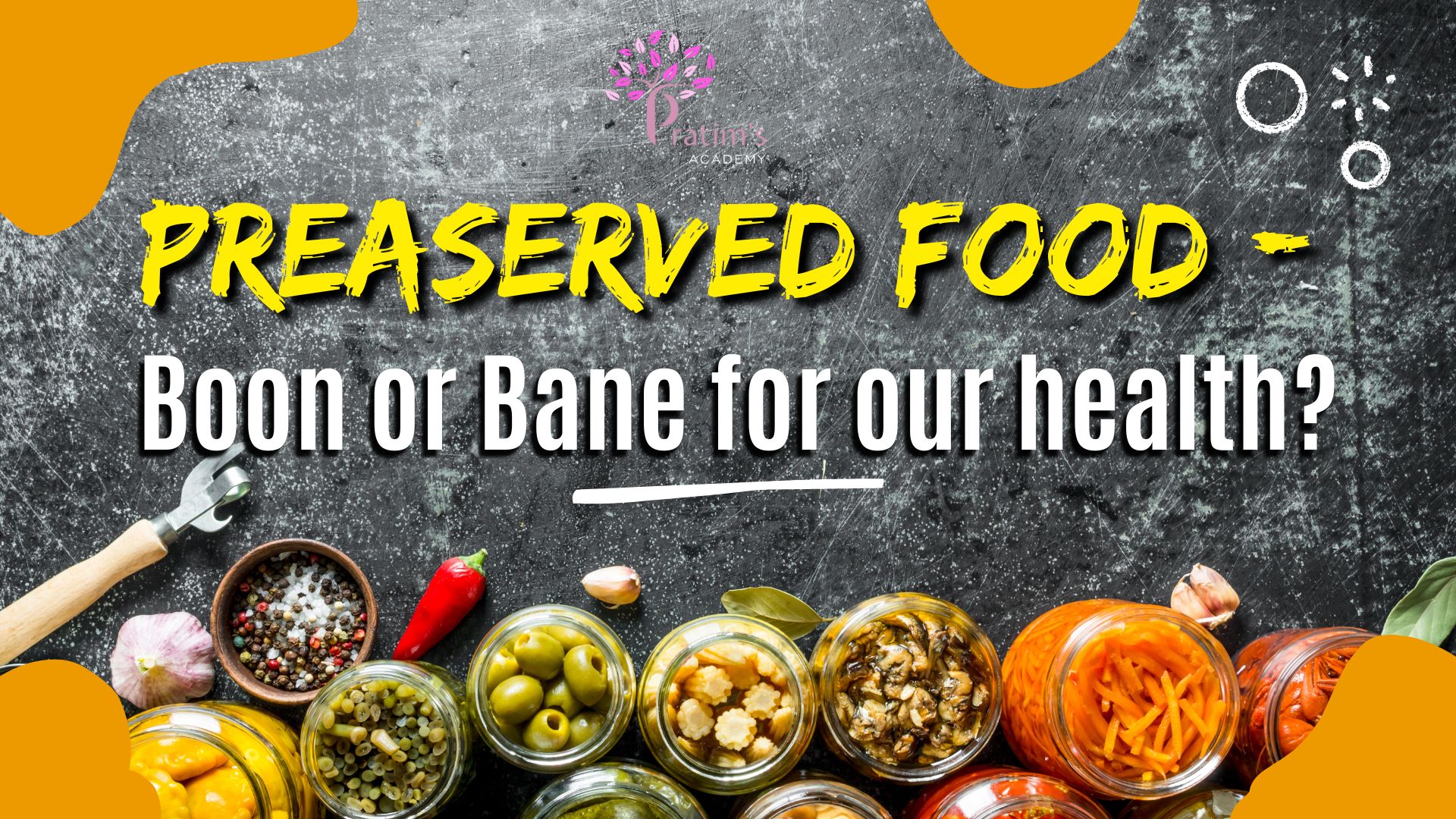
- 1076
- 0
Unveiling Delicious Salt Substitutes for patients with kidney failure
Mothers’ milk is naturally devoid of salt, but during the first rice ceremony, infants are introduced to the taste of salty food. Among all animals, humans are the only ones who consume food with added salt. However, once salt is incorporated into our diet, it can have negative effects on the body. Salt is the sweetest hemlock. Its excess consumption leads to increased fluid retention, elevated blood pressure, and direct harm to the kidneys.
If you have kidney disease, you may have received advice to monitor your salt intake. If you’re concerned about which salt substitute is best for individuals with kidney disease, read this blog.
Common Salt is basically a combination of sodium and potassium. Every food we eat contains sodium. We do not require to take extra salt. Hence we must be vigilant about intake of salt.
How does a low-sodium diet impact kidney health?

A low-sodium diet has positive effects on individuals with kidney disease by helping to regulate blood pressure. High blood pressure is the second most common cause of kidney disease. Excessive sodium intake can lead to fluid retention in the body, resulting in swelling in areas like the feet, hands, and face. The presence of excess fluid around the lungs or heart can have detrimental effects on the kidneys. That’s why Nephrologist recommend a low-sodium diet for kidney patients.
What is the recommended sodium and salt intake?
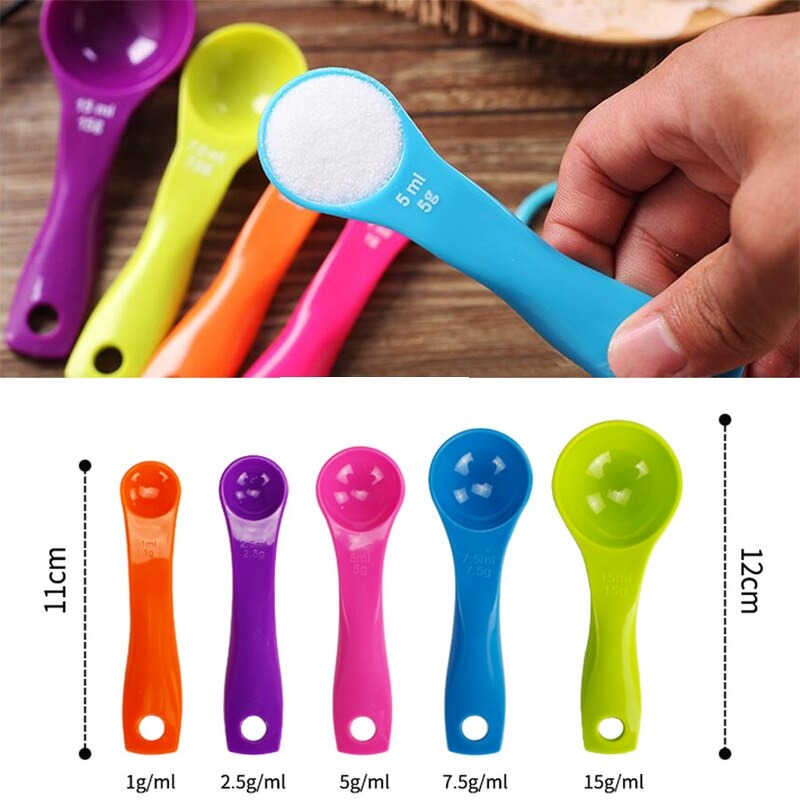
According to the Kidney Disease Outcomes Quality Initiative (KDOQI), individuals with kidney disease should not consume more than 5 grams of table salt per day.
To provide a better understanding, 5 grams of table salt is roughly equivalent to 1 teaspoon, which contains approximately 2300 milligrams of sodium.
For patients with high blood pressure, chronic obstructive pulmonary disease (COPD), or cardiovascular disease, stricter sodium control is advised, typically ranging from 1500 to 2000 milligrams per day.
Types of salt-
Available different types of salts in the market are-
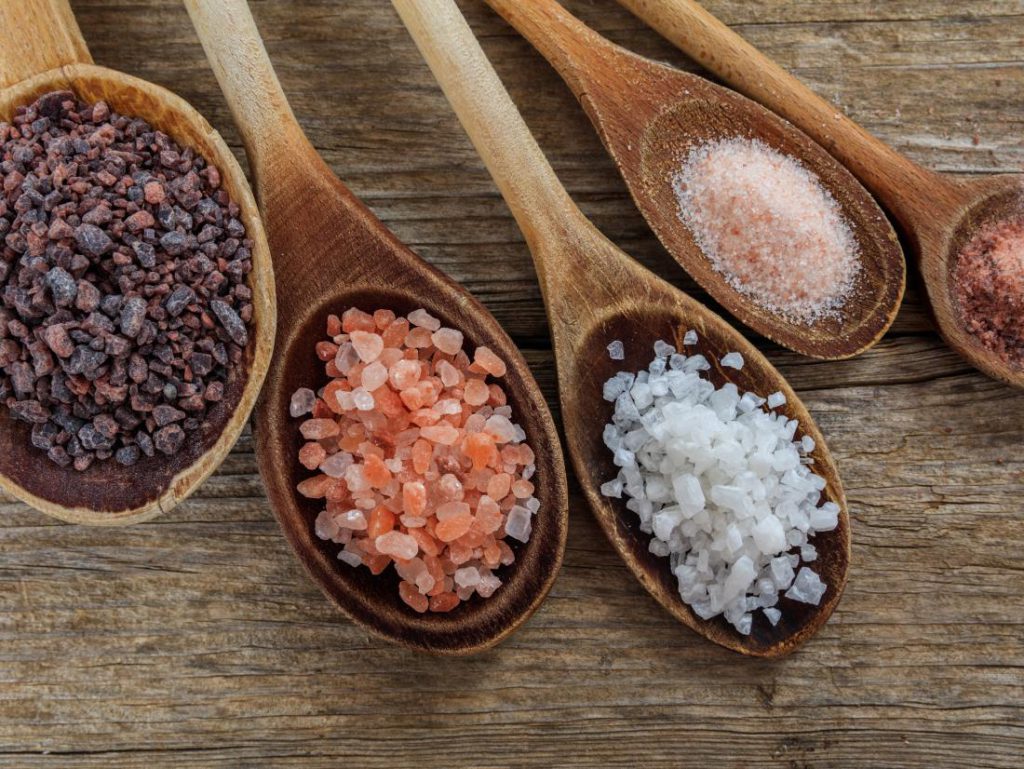
Table salt
Pink salt (Himalayan pink salt)
Black salt
Rock salt
Sea salt
Other types of salts available-
Hawaiian lava salt
Sodium present in Table Salt- A gram of table salt contains 0.4 g of Sodium (2000 mg sodium in 1 teaspoon of salt). Sea salt and table salt has same amount of sodium in them. Mainly, the sodium amount varies because of the crystal size of the salt. If the crystal size is larger, fewer crystals can be fit in the spoon.
Salt substitute- If you are thinking of converting to salt substitutes, you must check the potassium label. Many of the salt substitutes available in the market, may seem to be a great option for the salt, but are high in potassium. Currently, salt substitutes available in local market are- pink salt, black salt, rock salt etc. Before you consume them, read the label for potassium content.
Salt substitute, you can take –
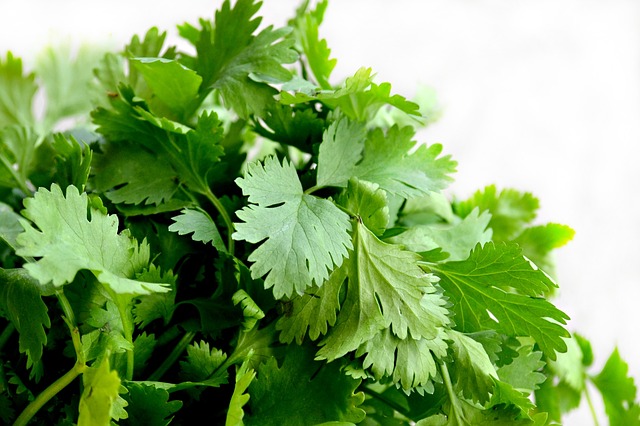
- Crushed garlic, ginger, and onion can be incorporated into your meals. These ingredients contain active compounds that provide various health benefits. Additionally, they enhance the flavour of your food.
- Coriander leaves can be used as a garnishing agent to add flavour and aroma to your dishes. However, be mindful of consuming excessive amounts as they contain a moderate level of potassium.
3. Green chili is rich in antioxidants, which can help reduce oxidative stress in the body.
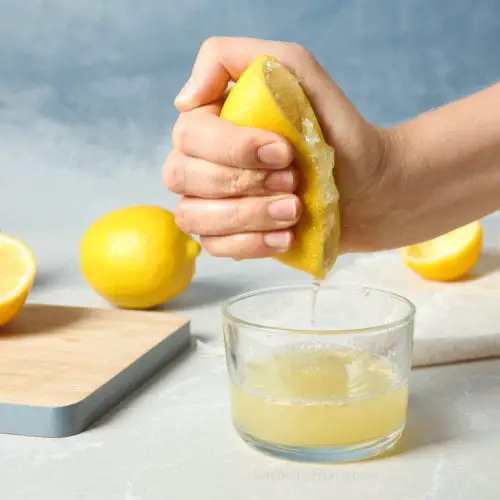
4. Lemon juice, being low in potassium, can be used as a dressing for salads and other foods. It adds a tangy flavour and provides vitamin C and antioxidants.
5. Utilize orange or lemon peel in zest form for salad dressings, garnishing, or to infuse citrus flavour into your dishes.
6. Black pepper powder can enhance the taste of your food and reduce cravings for salt.
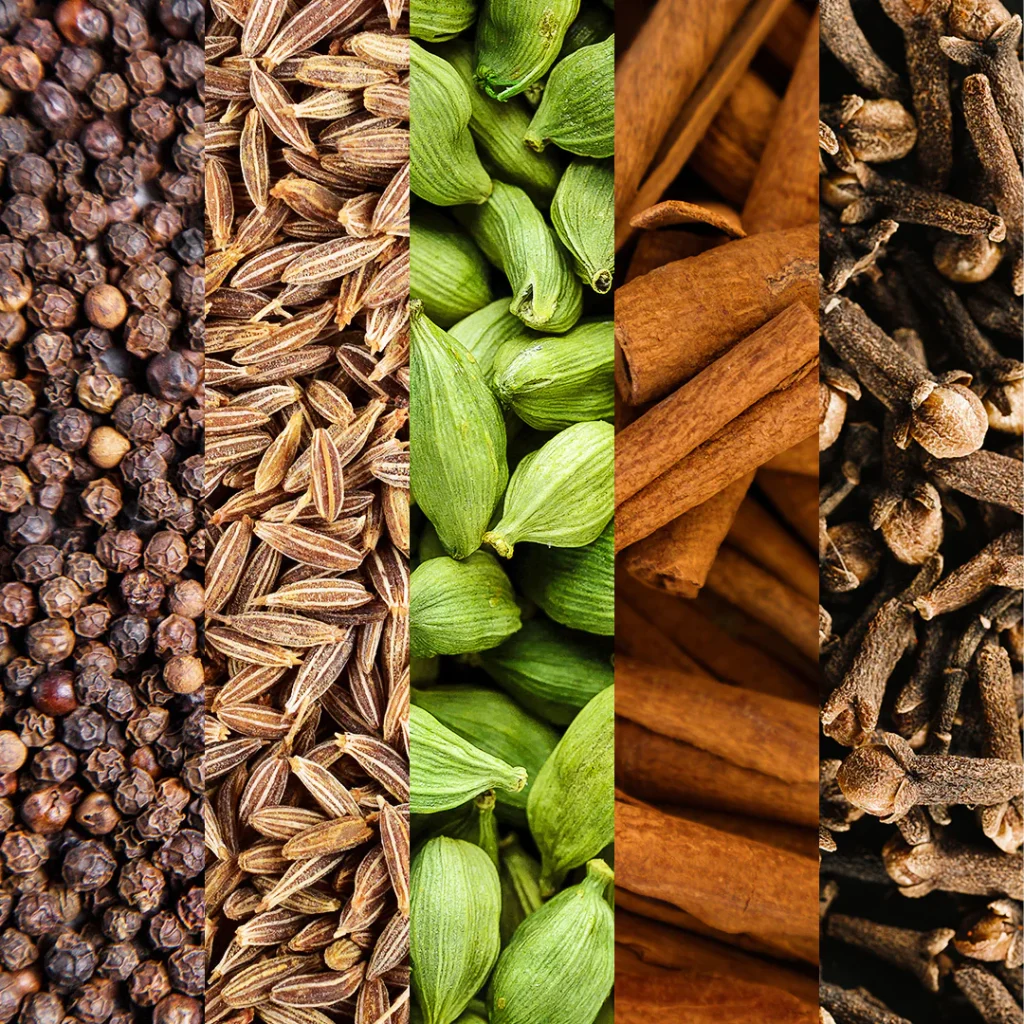
7. Whole spices such as cardamom, cinnamon, clove, cumin, and coriander are high in potassium. However, you can add these spices to oil before cooking, remove them afterward, and then cook your food in the fragrant oil. This method imparts their aroma and flavour to the dish.
8. Asafetida and curry leaves are great for enhancing flavours in your cooking.
9. Mango ginger can be used to enhance the taste and flavour of your food.
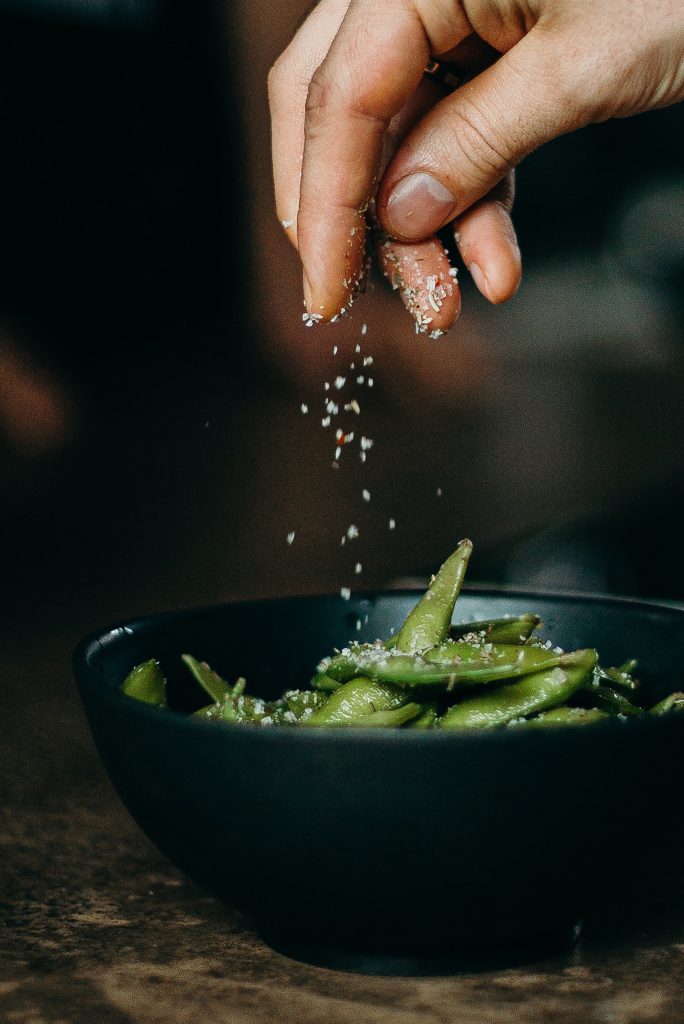
Tips for CKD patients, for managing salt craving-
1. Dip a tooth pick in salt and lick the stick before taking a bite of food.
2. Don’t cook the food with salt. Cook it without salt, and keep 5 gm of salt separately. Add small amount of salt from it with the cooked food.
For any further query, consult a Renal Dietitian. Contact- +918069841500
In conclusion, finding suitable salt substitutes for individuals with chronic kidney disease is essential for maintaining kidney health while still enjoying flavourful meals. By incorporating alternatives like crushed garlic, ginger, and onion, coriander leaves in moderation, green chili, lemon juice, black pepper, and fragrant whole spices, we can enhance the taste of our dishes without compromising on health. Experimenting with these substitutes allows us to embark on a culinary journey that prioritizes kidney health while indulging in delicious flavours. Remember to consult with Renal nutritionist for personalized recommendations based on individual dietary needs.
Comment
Check Your EGFR
***We Promise, no spam!




